VI have a set of contour points drawn on an image which is stored as a 2D numpy array. The contours are represented by 2 numpy arrays of float values for x and y coordinates each. These coordinates are not integers and do not align perfectly with pixels but they do tell you the location of the contour points with respect to pixels.
I would like to be able to select the pixels that fall within the contours. I wrote some code that is pretty much the same as answer given here: Access pixel values within a contour boundary using OpenCV in Python
temp_list = []
for a, b in zip(x_pixel_nos, y_pixel_nos):
temp_list.append([[a, b]]) # 2D array of shape 1x2
temp_array = np.array(temp_list)
contour_array_list = []
contour_array_list.append(temp_array)
lst_intensities = []
# For each list of contour points...
for i in range(len(contour_array_list)):
# Create a mask image that contains the contour filled in
cimg = np.zeros_like(pixel_array)
cv2.drawContours(cimg, contour_array_list, i, color=255, thickness=-1)
# Access the image pixels and create a 1D numpy array then add to list
pts = np.where(cimg == 255)
lst_intensities.append(pixel_array[pts[0], pts[1]])
When I run this, I get an error error: OpenCV(3.4.1) /opt/conda/conda-bld/opencv-suite_1527005509093/work/modules/imgproc/src/drawing.cpp:2515: error: (-215) npoints > 0 in function drawContours
I am guessing that at this point openCV will not work for me because my contours are floats, not integers, which openCV does not handle with drawContours. If I convert the coordinates of the contours to integers, I lose a lot of precision.
So how can I get at the pixels that fall within the contours?
This should be a trivial task but so far I was not able to find an easy way to do it.


